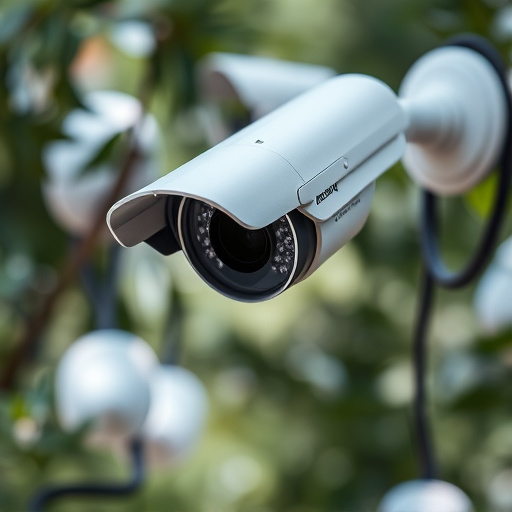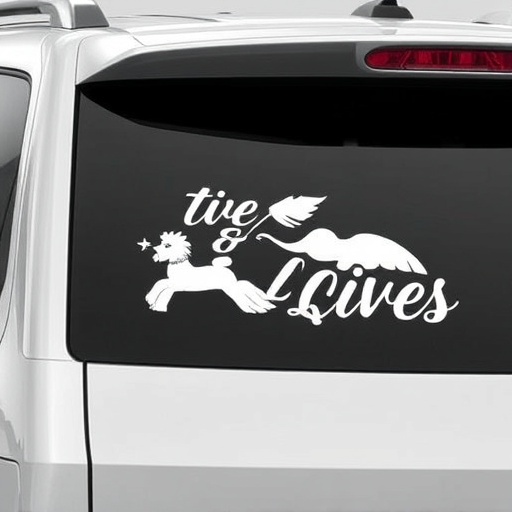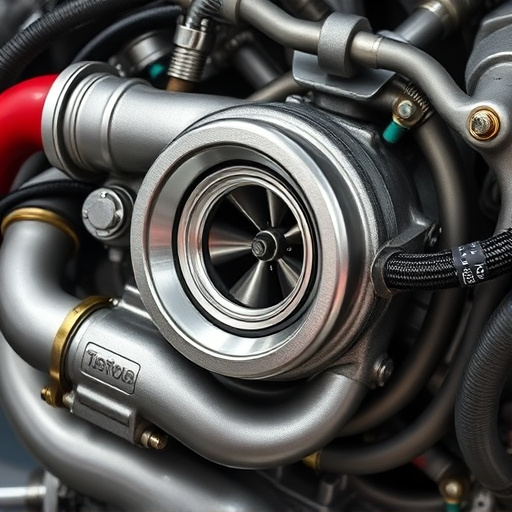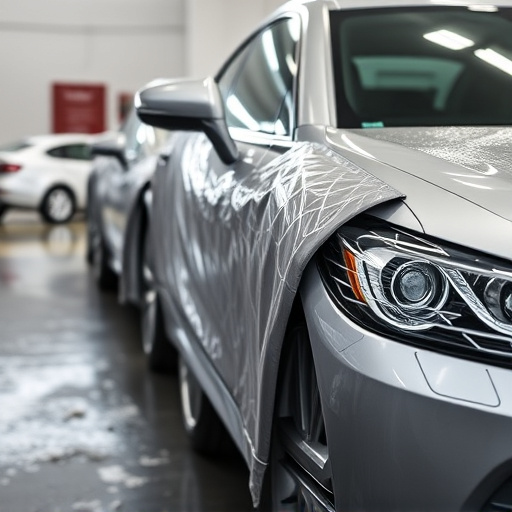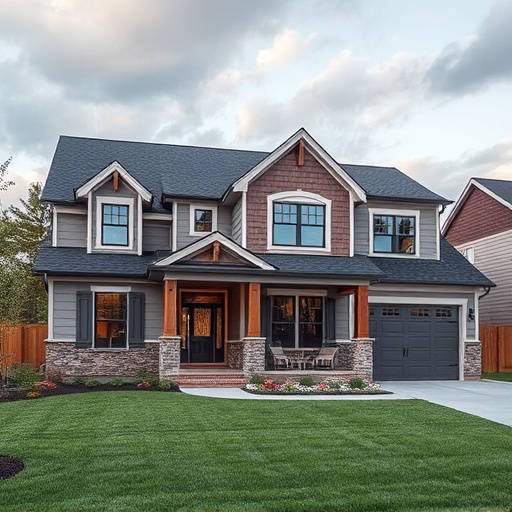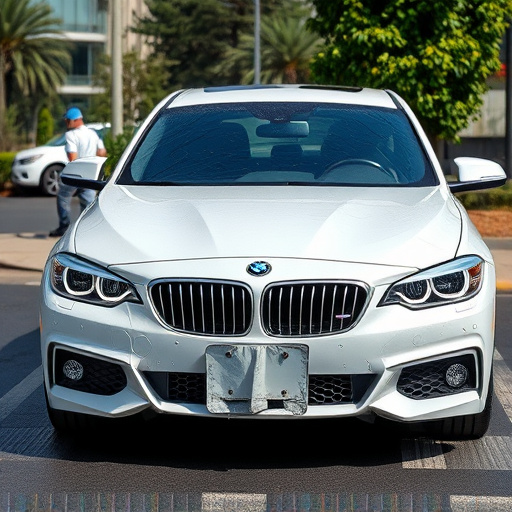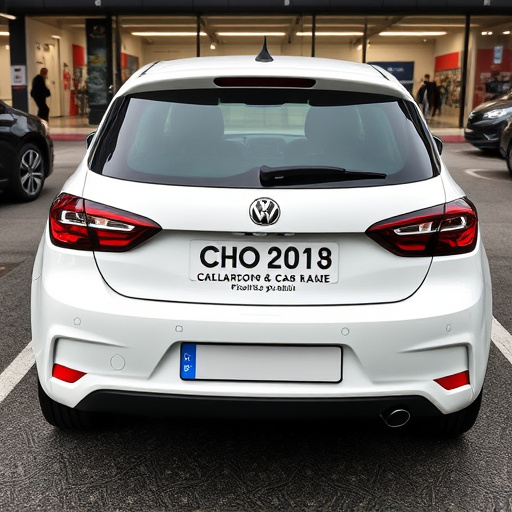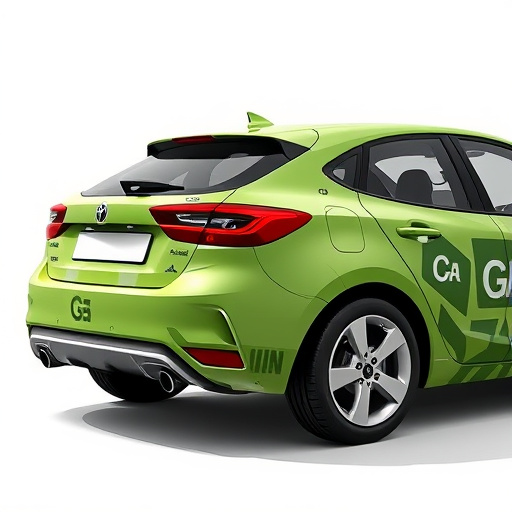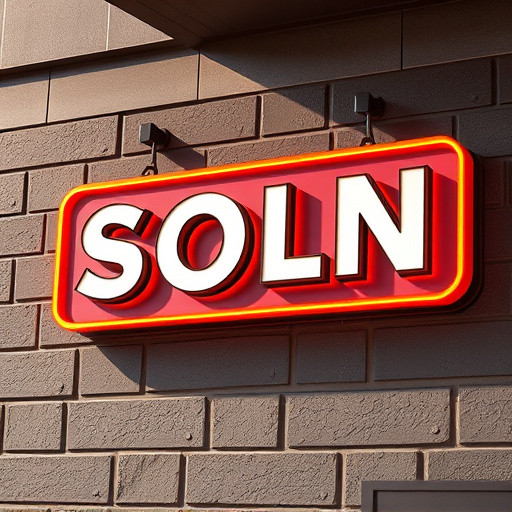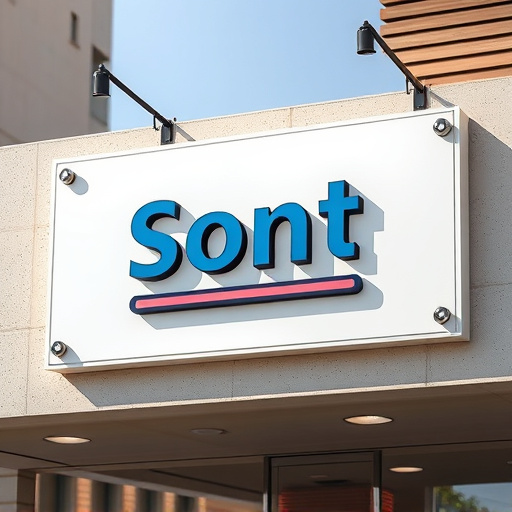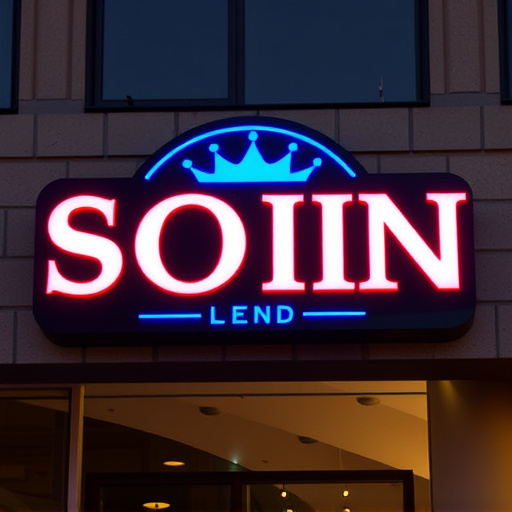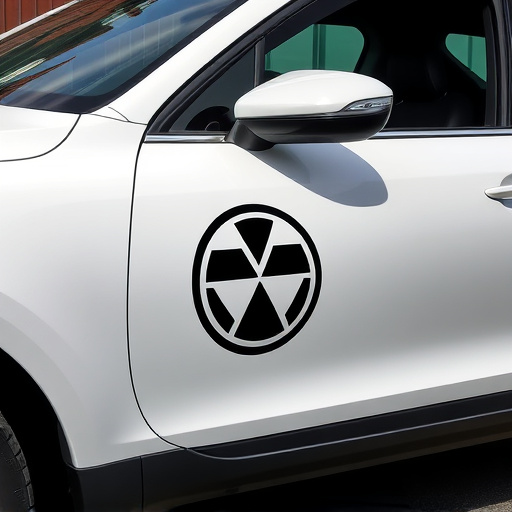Weather conditions play a critical role in clear coat restoration, affecting finish clarity, durability, and quality. Extreme temperatures, humidity, and UV exposure can cause issues like bubbles, water spots, or degradation. Ideal temperature control expedites drying while preventing poor paint adhesion. High humidity requires protective measures to prevent moisture absorption and distortion. Premium ceramic coatings enhance scratch resistance and weather protection, ensuring long-lasting, glossy finishes in diverse conditions.
“Discover how the weather plays a pivotal role in the outcome of clear coat restoration projects. This comprehensive guide explores the intricate relationship between atmospheric conditions and coating adhesion, offering valuable insights into successful restoration techniques. From pre-restoration preparation to post-care maintenance, learn strategies to navigate varying weather scenarios. Optimize your clear coat restoration results by understanding temperature’s impact on curing, humidity’s role in paint interactions, and the unique considerations for indoor vs outdoor environments. Enhance your restoration expertise with these essential weather-related tips.”
- The Role of Weather Conditions in Clear Coat Restoration
- – Impact of temperature on coating adhesion and curing
- – Effect of humidity and its role in paint composition interaction
The Role of Weather Conditions in Clear Coat Restoration
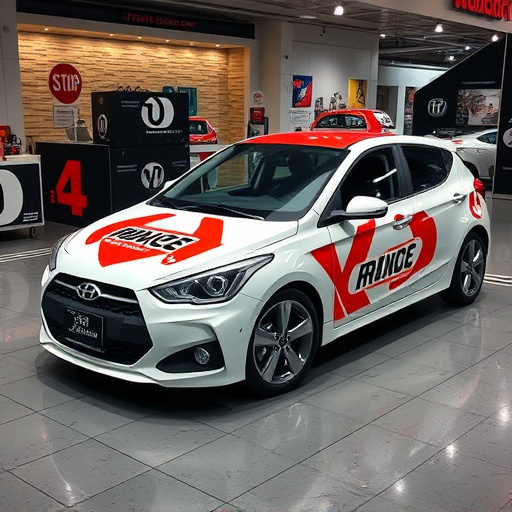
Weather conditions play a pivotal role in determining the success and longevity of clear coat restoration processes. The clarity and durability of the restored finish heavily rely on environmental factors, such as temperature, humidity, and UV exposure. Extreme heat can cause the clear coat to dry too quickly, leading to bubbles or imperfections, while cold weather may result in slow drying times, increasing the risk of water spots or degradation over time.
Additionally, high humidity levels can impact the chemical reaction during restoration, affecting scratch protection and the overall smoothness of the finish. On the other hand, adequate UV protection is crucial for maintaining the glossy appearance of a restored clear coat. Premium automotive services that incorporate ceramic coatings offer enhanced scratch resistance and better weather protection, ensuring the longevity of the restoration for extended periods, even in challenging environmental conditions.
– Impact of temperature on coating adhesion and curing
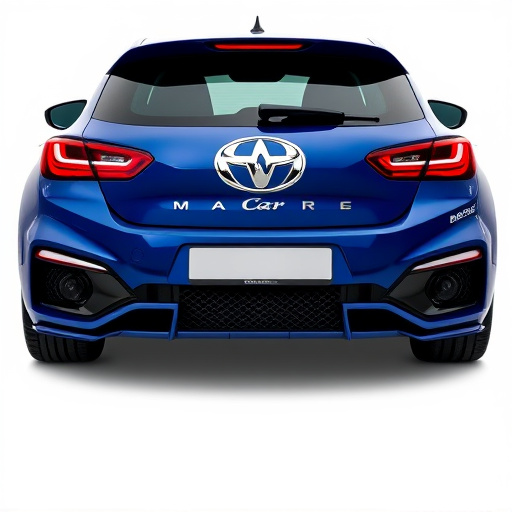
The temperature plays a pivotal role in the success of clear coat restoration projects. When applying and curing clear coats, optimal conditions are crucial for achieving high-quality finishes. Warmer temperatures generally accelerate the drying process, allowing the coating to cure faster. This is especially beneficial for busy restorers who need quick turnaround times without sacrificing quality. However, extreme heat can also cause the paint to dry too quickly, leading to poor adhesion and potential bubbles or cracks in the final layer.
On the opposite end of the spectrum, cooler temperatures can slow down the curing process, making it more challenging to achieve the desired finish, especially if you’re incorporating custom graphics or UV protection elements. In such cases, restorers might need to adjust their techniques, use specific catalysts, or even consider alternative coating systems designed for different climates and conditions. Balancing temperature control is, therefore, a key aspect of achieving consistent, long-lasting clear coat restoration results.
– Effect of humidity and its role in paint composition interaction
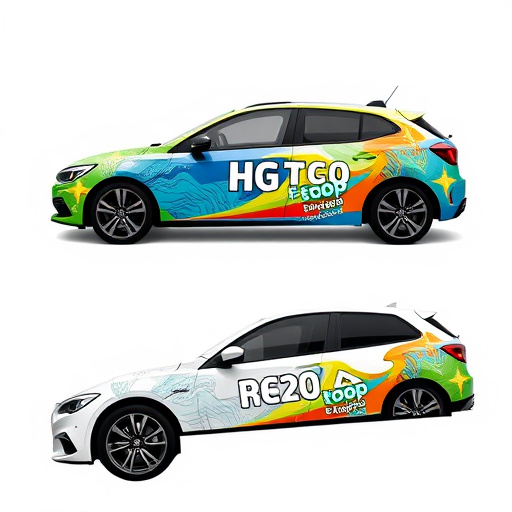
Humidity plays a significant role in clear coat restoration outcomes, often affecting the interaction between paint composition and the environment. High humidity levels can lead to increased moisture absorption by the painted surface, which may result in blurring or distortion of the clear coat’s finish. This is particularly true for newly restored vehicles, as the high-quality finishes are still vulnerable to moisture interactions.
In regions with consistent high humidity, additional measures such as ceramic window tinting or vehicle wraps can be beneficial. These protective layers act as a barrier, reducing the impact of moisture and minimizing the potential for paint composition changes over time. By managing humidity levels and employing suitable protective treatments, restorers can ensure better long-term results in clear coat restoration, delivering vehicles with stunning and durable finishes that withstand the elements.
In conclusion, understanding how weather conditions influence clear coat restoration is paramount for achieving optimal results. Temperature plays a critical role in coating adhesion and curing, while humidity significantly impacts paint composition interaction. By considering these factors, professionals can ensure that clear coat restorations not only look vibrant but also endure the elements, providing lasting protection to vehicle surfaces.
